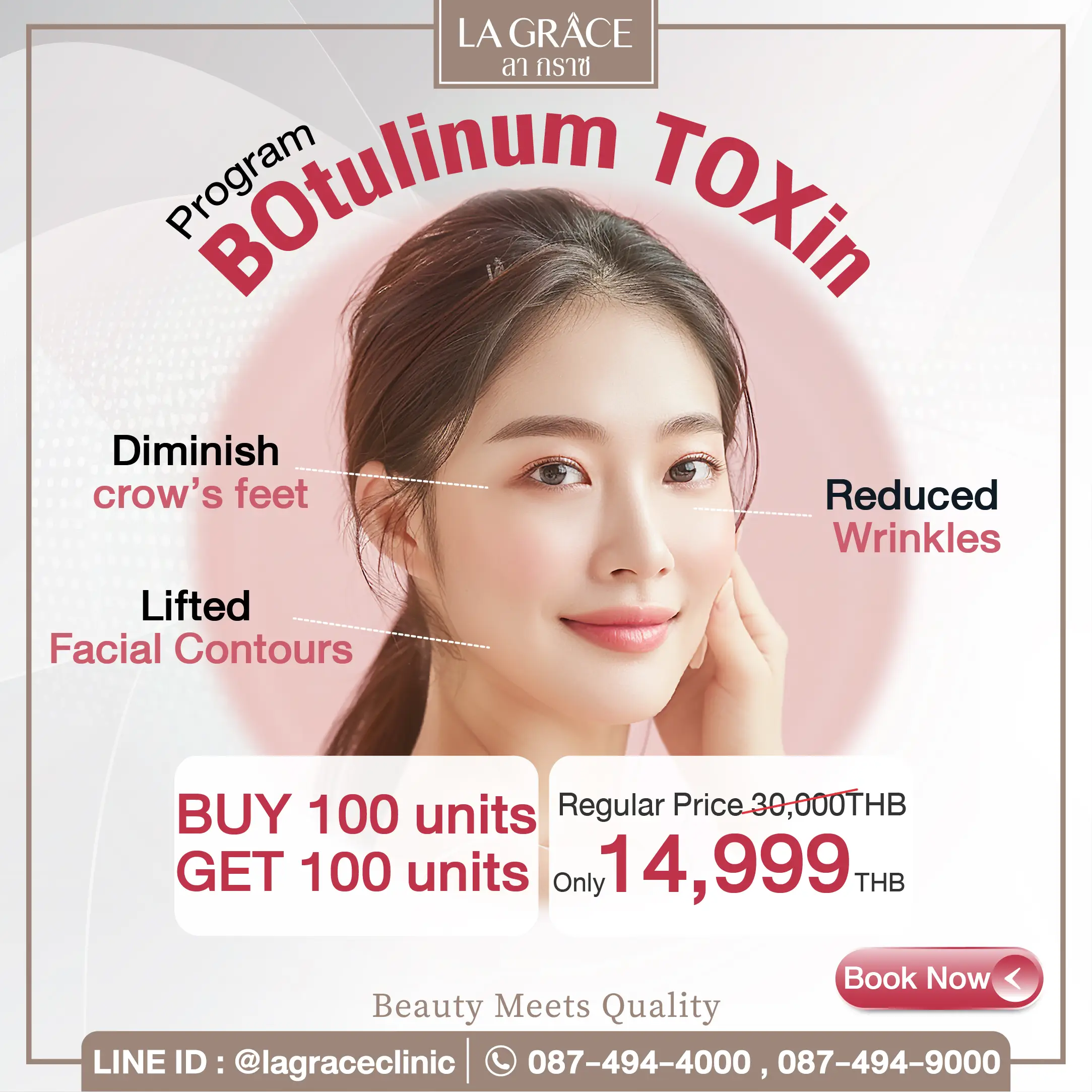What is Botox ? Benefits, Types, and How It Works


What is Botox?
Botox (Botulinum Toxin) is a type of protein extracted from the Clostridium botulinum bacteria. This substance works by inhibiting the nervous system’s control over muscles, causing temporary muscle relaxation. Botox is widely used in both aesthetic and medical fields and has been extensively developed and approved for use worldwide.
How Does it Work?
Botox functions by blocking the release of a neurotransmitter called acetylcholine, which signals muscles to contract. When injected into specific muscles, Botox relaxes them, leading to reduced wrinkles or a temporary decrease in muscle size.
Mechanism of Botulinum Toxin Type A (Botox)
- Prevents the release of acetylcholine – Acetylcholine is a neurotransmitter responsible for transmitting signals from nerves to muscles, causing them to contract. Botox inhibits this process, leading to muscle relaxation.
- Temporarily reduces muscle activity – The injected muscle area temporarily decreases its function, reducing wrinkles and helping to contour the face.
- Relieves muscle spasms – In addition to aesthetic use, Botox is also used to treat muscle spasticity in patients with conditions such as hemiplegia (partial paralysis).
Benefits of Botox
Botox offers a wide range of benefits, both in aesthetics and medical treatments:
1. Aesthetic Benefits
- Wrinkle reduction – Treats forehead lines, crow’s feet, frown lines, and nasal wrinkles.
- Facial contouring – Slims the jawline by reducing masseter muscle size, making the face appear smaller.
- Skin lifting – Helps lift and firm the face, eyebrows, and neck.
- Sweat reduction – Ideal for those with excessive sweating in the underarms, palms, and soles.
- Muscle slimming – Reduces the size of calves and shoulders for a more proportionate appearance.
2. Medical Benefits
- Treats muscle spasms – Helps with conditions like eye twitching and muscle stiffness.
- Relieves migraine pain – Reduces muscle tension in the head and neck.
- Treats bruxism (teeth grinding) – Reduces jaw clenching caused by excessive use of the masseter muscles.

Types of Botox
Botox comes in different types based on production sources and characteristics:
- Botox USA (Allergan) – High purity with consistent results.
- Botox Korea (Nabota, Hugel, Meditoxin) – Popular in Asia, affordable, and well-distributed.
- Botox Germany (Xeomin) – Free of unnecessary proteins, reducing the risk of resistance.
- Botox UK (Dysport) – Spreads well, ideal for treating larger areas.
- Botox China – More affordable but requires careful quality verification.

Comparing Botox to Other Procedures
Botox is one of several methods used to reduce wrinkles and contour the face. Here’s how it compares to similar treatments:
| Treatment | Function | Results | Longevity |
| Botox | Temporarily relaxes muscles to reduce wrinkles | Visible within days | Lasts 4-6 months |
| Fillers | Adds volume to smooth out wrinkles and shape the face | Immediate results | Lasts 6-18 months |
| Ultherapy/Thermage | Uses ultrasound or radiofrequency to tighten skin | Gradual results | Lasts 1-2 years |
Botulinum Toxin Injection Procedure
- Consultation – The doctor assesses your concerns and treatment plan.
- Cleansing & Numbing – The skin is cleaned, and numbing cream is applied if needed.
- Injection – Botox is injected in appropriate amounts.
- Post-care – Avoid rubbing or pressing the area to prevent Botox from spreading.
- Results – Visible within 3-7 days, lasting 4-6 months depending on the individual.
Botox Migration and Lumps
What is Botox Migration?
Botox migration occurs when the injected substance spreads beyond the intended area, leading to side effects like drooping eyelids, asymmetrical eyebrows, or an unnatural smile. Causes include:
- Injecting too much Botox
- Incorrect injection techniques
- Rubbing or pressing the area too soon after treatment
What are Botox Lumps?
Botox lumps happen when the product does not distribute evenly, causing over-relaxation in certain muscle areas, leading to a bumpy or uneven skin appearance. Causes include:
- Shallow or uneven injection
- Poor-quality Botox
- Excessive muscle movement post-injection
What is Botox Resistance?
Botox resistance occurs when the body develops immunity to Botox, making it ineffective.
Causes of Botox Resistance
- Frequent injections – Especially if done every 2-3 months.
- Impure Botox – Products with high protein contamination may trigger antibody production.
- Individual immune response – Some people naturally build resistance over time.
How to Prevent Botox Resistance
✅ Use high-purity Botox, such as Xeomin, which has fewer foreign proteins.
✅ Space treatments at least 4-6 months apart to avoid overuse.
✅ Rotate brands occasionally to reduce the risk of resistance.
Genuine vs. Counterfeit One
Using high-quality Botox is crucial, as counterfeit products can cause severe side effects. Here’s how to differentiate genuine and fake Botox:
How to Identify Genuine
- Has a clear FDA registration number
- Packaging and labels are sharp and unaltered
- The bottle is sealed properly
- Manufactured by certified companies like Allergan, Dysport, Xeomin, Nabota
Dangers of Fake Botox
- May not work or act unpredictably
- Can cause severe allergic reactions and swelling
- Increases the risk of infections and long-term side effects
Why Are Some Botox Prices Cheaper?
Many clinics offer unusually low-priced Botox promotions, which may be due to:
- Fake Botox – Low-quality or unsafe products.
- Unregistered imports – Products not approved by health authorities.
- Over-diluted Botox – Leads to weaker effects and shorter duration.
- Hidden conditions – Promotions requiring additional package purchases.
Thus, always choose a reputable clinic and verify the product before undergoing treatment.
Conclusion
Botox is an effective solution for reducing wrinkles and facial contouring. However, for optimal safety, it must be administered by a qualified doctor using high-quality products. If you’re looking for a quick and effective anti-aging solution, Botox could be the answer!
Line: @lagraceclinic
